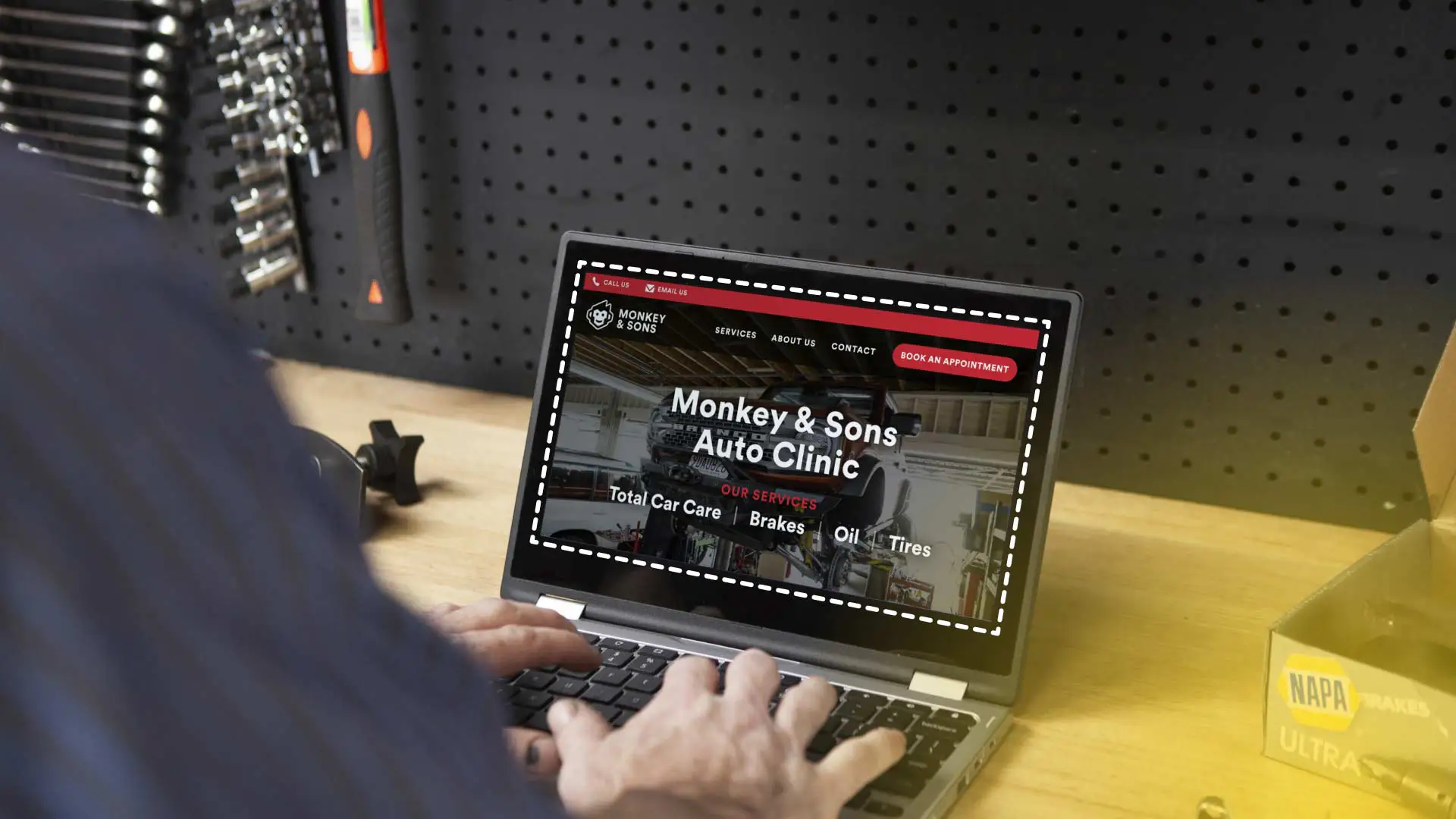Whether you're running a bustling auto shop with a full team of techs or you're the solo go-to mechanic in your town, any shift in the global trade winds can have ripple effects on your day-to-day operations. One of the hot topics that keeps coming back into the spotlight is tariffs on foreign goods—and if you're in the automotive repair industry, you’re not immune to their impact.
So let’s break down how increased tariffs could affect your shop—both the good and the not-so-good.
The Basics: What Are Tariffs and Why Should You Care?
Tariffs are basically taxes imposed on imported goods. When the U.S. government slaps tariffs on car parts (or cars themselves) coming from other countries—say China, Mexico, or Germany—those parts become more expensive. That cost usually gets passed along the chain, from distributor to shop to customer.
But the picture isn't entirely doom and gloom. Tariffs can also shift market dynamics in ways that might help certain businesses thrive.
The Negative Impacts: The Stuff That'll Make You Grit Your Teeth
Higher Parts Costs = Lower Margins
This is the most obvious and immediate impact. Many of the parts we use—brake pads, alternators, sensors, timing belts—are imported. If tariffs drive up the price of these components, your cost of goods sold goes up. Unless you adjust your pricing (which can be tricky), your profit margin gets squeezed.
Longer Wait Times and Supply Chain Disruptions
Tariffs can throw a wrench into international supply chains. If overseas suppliers get hit hard, they might reduce output, rework their logistics, or shift their exports elsewhere. That can mean longer lead times for getting the parts you need—and if you can’t get that part for a week, you may lose that repair job altogether.
Unhappy Customers Facing Higher Bills
When part prices go up, so do repair bills. That can lead to some uncomfortable conversations at the counter: “Why is this brake job $120 more than last time?” Budget-conscious customers might delay non-critical repairs or start shopping around for cheaper alternatives.
More Knock-Off and Substandard Parts in the Market
As genuine parts get more expensive, some suppliers may start pushing lower-cost, lower-quality alternatives to stay competitive. That puts shops in a tricky spot: Do you go with the cheaper part and risk a comeback, or eat the cost of the quality one?
The Positive Impacts: More Repairs Over Replacements
This is good news. Let’s face it—buying a new car these days isn’t exactly a budget-friendly move. And with tariffs driving up the cost of imported vehicles and parts, that shiny new ride becomes even more expensive for consumers.
What does that mean for your shop? More people keeping their vehicles longer—and that’s music to the ears of any repair shop owner.
According to S&P Global Mobility, the average age of vehicles on U.S. roads hit a record 12.5 years in 2023, and it’s projected to keep rising. That’s not just a stat—it’s a clear signal that your customer base is growing more reliant on maintenance and repairs to keep their rides roadworthy.
Statistics Snapshot:
Average repair costs for a 12+ year-old car? Up to 25% higher than newer vehicles due to part wear and complexity
More than 1 in 4 vehicles on the road are over 16 years old
A 2024 AAA survey showed that 63% of drivers say they plan to keep their vehicles for longer than originally intended—primarily due to higher new and used car prices.
Data from the Auto Care Association projects that auto repair sales will increase by 5-6% annually through 2027, in large part because of extended vehicle lifespans.
Why These Trends Matter
Older cars need more work. Period. From timing chains to CV axles to evap leaks—there’s no shortage of jobs on higher-mileage vehicles.
Customers are more repair-friendly. If they’re avoiding new car payments (currently averaging $738/month according to Experian), they’re more willing to invest a few hundred bucks here and there to keep the old faithful running.
Shops can offer real value. A trustworthy shop that helps customers extend the life of their vehicle becomes essential—not optional.
A trustworthy shop that helps customers extend the life of their vehicle becomes essential—not optional.
Quick Wins for Your Shop
Position your business as the go-to for long-term vehicle care. Consider purchasing an Automotive CRM Marketing tool and start running targeted campaigns promoting services like:
“100K Mile Maintenance Packages”
“High Mileage Inspection Specials”
“Keep It Rolling Service Plans”
Remember: you’re not just fixing cars—you’re helping people save money and avoid debt by keeping their current cars in top shape.

These older cars also offer more “wrench time” per job. That means more billable hours per vehicle, which is a win for your shop’s productivity and profitability. So, while tariffs might raise some red flags around parts pricing, the flip side is a golden opportunity: more vehicles staying in service, more demand for your expertise, and more chances to prove your value. If you’re in the business of repairs (and not just quick oil changes), this could be the beginning of a very busy season.
Remember: you’re not just fixing cars—you’re helping people save money and avoid debt by keeping their current cars in top shape.
What Can Your Shop Do to Stay Ahead of Negative Tariff Impacts?
Good question. Whether tariffs go up, down, or sideways, being proactive is the name of the game. Here are a few things you can start doing today:
Diversify Your Suppliers: Don’t rely on a single source for key parts. Build relationships with multiple vendors, including domestic ones.
Stock Smarter: Keep an eye on which parts are most affected by tariffs and consider stocking up when prices are stable.
Review Pricing Strategy: If your parts costs are climbing, don’t be afraid to revisit your labor rates or parts markup. Just make sure to communicate value to your customers.
Invest in Training: Cars are getting more complex, and repairs on newer models may increase as replacement costs go up. Make sure your techs are ready.
Watch Policy Changes: Tariff news can change quickly. Set up alerts or work with industry associations to stay informed.
Final Thoughts
Yes, tariffs matter…but they’re just one piece of the puzzle. What really determines your shop’s success is how you respond to Adaptability, communication, a strong connection to your community, and the implementation of modern software tools will always be your biggest competitive advantages.
And remember: every time the market shifts, there’s opportunity for the shops that know how to pivot. Stay sharp, stay informed, and keep those bays busy.




